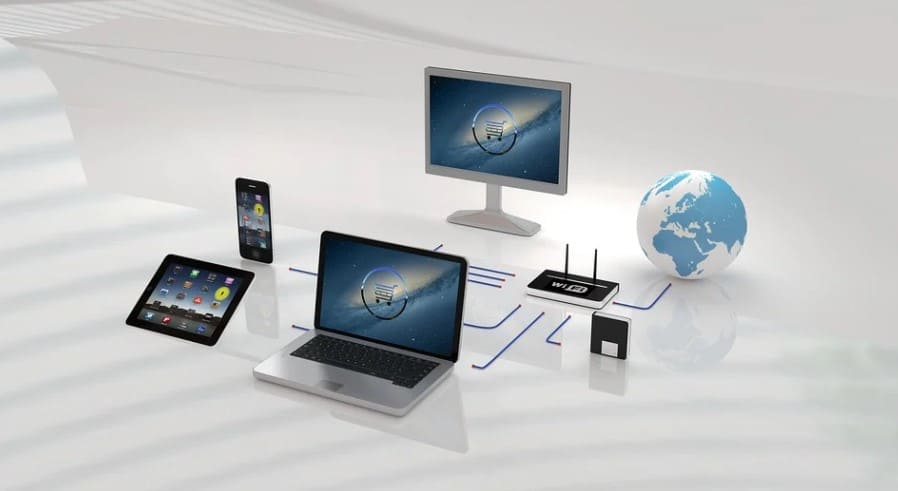Speakers using simultaneous interpretation should be aware of a number of aspects that enhance the effectiveness of their communication. Whether you use medical translation or any other type of translation, you need to work together to optimize this mutual understanding.

Suggestions for a successful collaboration between professional speakers and interpreters at multilingual congresses
Speakers and interpreters working together at a conference with simultaneous translation can do much to ensure their success. Here are a few key points.
Prepare your speech ahead of time
If you’re speaking at a conference, prepare what you’ll say ahead of time and give the translator all the information you have. A script, PowerPoint presentation, video, rough draft, or any similar material will be useful.
Trust the interpreter
View this professional an extension of yourself: this individual will get your ideas across to people who don’t speak your language. In this regard, you must also be sure that confidentiality will not be a problem. These professionals have a very strict code of ethics. But you may also choose to have them sign a non-disclosure agreement.
Interact with the interpreter and touch base with them
It won’t necessarily affect the quality of their work if you don’t do this, but it’s always a good idea to create emotional ties between the participants in a communication process.
Get informed about the subject matter
If you are the interpreter, be thoroughly prepared and review the information provided by the speaker in the days leading up to the event.
Share your doubts
As an interpreter, ask the speaker any questions you may have, without undermining the speaker’s confidence in you.
Practice your speech
When it comes to giving a speech, there’s a series of key aspects that ensure it will flow perfectly and that ideas are communicated as clearly as possible.
The main one is that, as a speaker, you should not read your speech under any circumstances; in fact, you should not do so for any kind of presentation, much less so when it is being translated at the same time. Those natural pauses that come up when constructing live speech are key for the audience, and for the interpreters, to grasp what you are saying.
Commit to brevity
You must be concise, not go over the allotted time, and use short and simple sentences. This will make it easier for everyone!
Be careful with acronyms and proper names
You must pronounce them clearly and slowly. If they present any difficulties, discuss this with your interpreter beforehand so that they can be prepared.
Be aware of the delay
Interpreters, fortunately, are not machines. That is why a few seconds may go by before they issue the translated message. If you interact with the audience or ask them questions, keep this in mind.
Only use a touch of humor
Or avoid it entirely. In a different language, your hilarious joke may not be funny at all. Moreover, that spark of natural good fun that may elicit laughter is lost when the joke passes through a second person: the interpreter.
As you can see, speakers and interpreters work hand in hand and are able to optimize the final effect of a communication if they work together. Do you need this service? Don’t hesitate to contact us!






